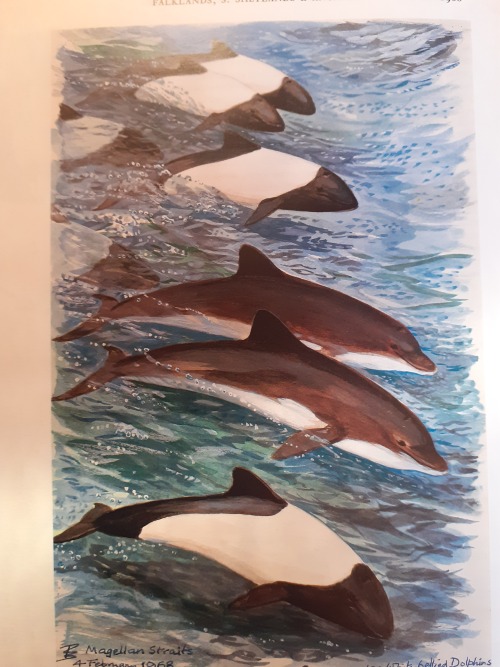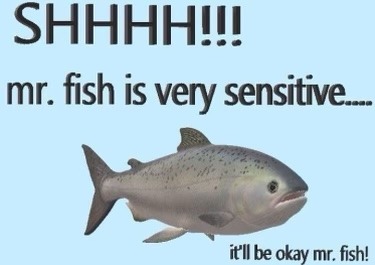Cryptid Dolphins. Sir Peter Scott Recorded Unusual Dolphins Accompanying Commerson’s Dolphins On An

Cryptid dolphins. Sir Peter Scott recorded unusual dolphins accompanying Commerson’s dolphins on an expedition to Antarctica as recorded in his Travels of a Naturalist book, they may be Chilean dolphins or something quite different.
illustration, Sir Peter Scott from Travels of a Naturalist.
More Posts from Rhincodon-cynocephalus and Others



inserting friend OCs into DWD lol
Kimbra belongs to @trishabeakens Mal belongs to @mistress-negs Patrick and Vincent belong to @annacpadilla
Doctors be like

Count Duckula reimagined
Hey, so it’s been a while, I hardly use tumblr anymore, I’m mainly using twitter nowadays.
Anyway, here’s something I’ve been making since late January. It’s just a little homage to the original Cosgrove hall series from the late 80s/ early 90s. I Hope you all enjoy! And good night out there…. whatever you are!

Animal Movement. Written by Malcolm Penny. Illustrated by Wendy Meadway. 1988.



I got asked by a super nice dude to make a tutorial on how I do duck beaks and faces in perspective (not like I'm great at it but I'm happy to share some knowledge!)
So here ya are! Hopefully this finds anyone who may need it :0
Rare footage of an Eastern black rhinoceros [ Diceros bicornis michaeli ] and her calf, taken in the 1950s in Amboseli National Park, Kenya. The rhino, known as “Gertie”, had a horn that measured nearly 4ft in length before breaking off naturally sometime in the 1960s, possibly during a fight with another rhino.
The demand for rhinoceros horn has made sights such as this exceedingly rare. As of 1992, only 2 rhinos were left in Amboseli National Park, where the animal is now considered locally extinct, while the subspecies as a whole is listed as critically endangered.
[ video source ]
Meet the largest family of living sharks today—deep-sea catsharks.
Deep-sea catsharks are the largest family of living sharks today, with more than 90 species. Catsharks were named for their long, cat-like eyes that are specialized for seeing in low light conditions. These a-meow-zing sharks can be found up to 2,200 meters (7,200 feet) below the surface and grow up to 75 centimeters (30 inches).

MBARI has observed several deep-sea catshark species, for example, the brown catshark (Apristurus brunneus), longnose catshark (Apristurus kampae), lollipop catshark (Cephalurus cephalus), and filetail catshark (Parmaturus xaniurus). Most catsharks lay elaborate clusters of egg cases. The eggs can take up to two years to develop. Tough egg cases, made of keratin protect the developing embryos from predators. A changing ocean means an uncertain future for catsharks. Warming waters could affect developing embryos, and expanding low-oxygen zones could displace adult populations.

werewolf park ranger
she loves her job and helps keep the deer population under control
-
 rhincodon-cynocephalus reblogged this · 2 years ago
rhincodon-cynocephalus reblogged this · 2 years ago -
 rhincodon-cynocephalus liked this · 2 years ago
rhincodon-cynocephalus liked this · 2 years ago -
 electricnik reblogged this · 2 years ago
electricnik reblogged this · 2 years ago

Thylacine archive blog: @moonlight-wolf-archive
204 posts